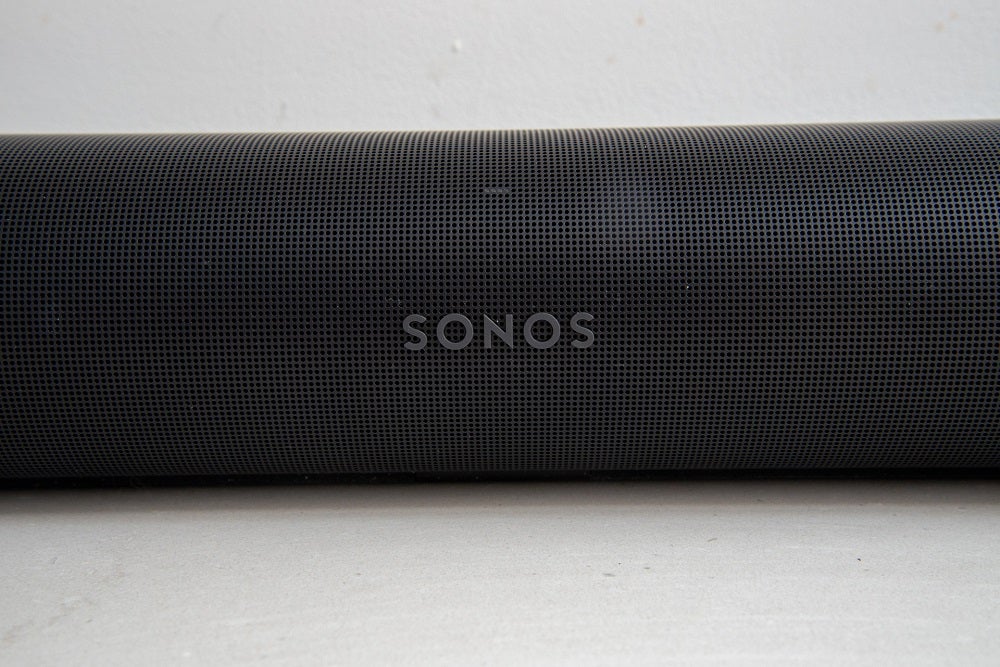OPINION: Using headphones to watch TV is often a secondary choice based on circumstances. Take a tablet on a train, for example, or hook up a pair at home because it’s late at night and you won’t want to disturb those sleeping in your house.
While a good pair of headphones lets you hear what’s going on, allowing you to listen at higher volumes without disturbing others, the experience can also be one of disconnection. Wearing headphones while watching anything can be fatiguing, and the longer you watch, the more aware you become that you’re wearing headphones.
To combat this, there are multiple technologies available to make headphones feel more natural. Head Tracking is one such tech, available on several high-end headphones. This technology tracks head movements, adjusting audio so that it sounds like it’s coming from a single place, such as a TV screen or tablet.
With an extreme example, when I watch TV sitting in my bay window, if I see someone walking down my front path and turn right to look at them, head tracking means that the audio shifts so that it comes into my left ear only, mimicking how it would sound if the soundbar were playing the audio.
I’m not going to sit watching TV facing the wrong way, but Head Tracking also works with the more subtle and gentle head movements that we all make while ‘sitting still’. The small changes to the audio keep what’s happening on screen and what I can hear linked, making it appear as though the audio is coming from the TV, removing the disconnect headphones normally introduce.
Spatial audio is another technology, designed to deliver a wider soundscape than traditional stereo headphones deliver, making it feel less like you’re wearing a pair of headphones.
In the living room


While head tracking is a feature of a specific set of headphones, spatial audio is slightly more complicated and relies on either virtual processing of a traditional input track, or having a special spatial track that’s built to work with any set of headphones.
For example, Netflix supports spatial audio with any stereo device, including headphones, but it will only work with content that has a dedicated spatial audio track.
While the number of programmes and films with this type of soundtrack is growing, it’s not as wide a collection as those with a full surround sound track. And, Netflix’s spatial audio tracks are distinct and different from the Dolby Atmos and 5.1 tracks the service provides, so it’s not quite as pure an experience.
Currently, then, spatial audio and the final quality you get is limited by the hardware and apps that you’re using.
In the living room


The Sonos Ace headphones work in a slightly different way thanks to TV Audio Swap. Rather than connecting to a TV, soundbar or streaming box via Bluetooth or 3.5mm cable, they connect via Wi-Fi to a compatible Sonos soundbar. Currently, the Sonos Arc is the only supported soundbar, but support is coming for the Beam and Ray soundbars, too.
Working with a soundbar means that any input format is supported (bar DTS): stereo, PCM, 5.1 or Dolby Atmos. The native soundtrack is taken and processed into a virtual surround sound track that’s pumped into the headphones.
This removes limitations that might otherwise exist, such as spatial audio only being supported on specific apps. In short, any source, whether that’s a set-top box, streaming stick, games console or Ultra HD Blu-ray player will work without any specific setup or settings required, using the original soundtrack as the input.
With a single button to pair the headphones with a soundbar, using the Sonos Ace with a TV is brilliantly simple, and changes the dynamic of using headphones for watching in the living room.
Currently, Sonos’ spatial audio is a little generic. Rather than precisely plotted sound, say coming from behind you, spatial audio just sounds bigger and more encompassing. That means that for a pure experience, a proper surround sound system with discrete rear speakers delivers a more precise soundscape, but spatial audio is a clear step up from regular audio.
Sonos has promised an upgrade, with TrueCinema coming later this year. This will tune your headphones based on your space, creating a complete virtual surround sound system that Sonos says is “so realistic you’ll forget you’re wearing headphones”.
That tech could be the upgrade that closes the gap between a real system and a virtual one, reducing the compromises that must be made.
A worthwhile upgrade?
Currently, the limitation of needing a Sonos Arc means that using the Sonos Ace headphones in a living room is an expensive option; even when the cheaper soundbars are supported, this kind of setup is not cheap. For those with rival soundbars or home cinema systems, it would be hard to justify the outlay.
However, for those tied into the Sonos system for home cinema, the Sonos Ace headphones deliver a simpler way to get all content in a more immersive and comfortable way, free from the typical constraints that headphones impose.
While a system with discrete speakers delivers a purer experience, the combination of simplicity, comfort and virtual surround tech that the Ace delivers, designed specifically to work in a living room rather than on-the-go, means that I find myself reaching for these headphones in situations when I’d otherwise have to turn the volume down on the soundbar.




